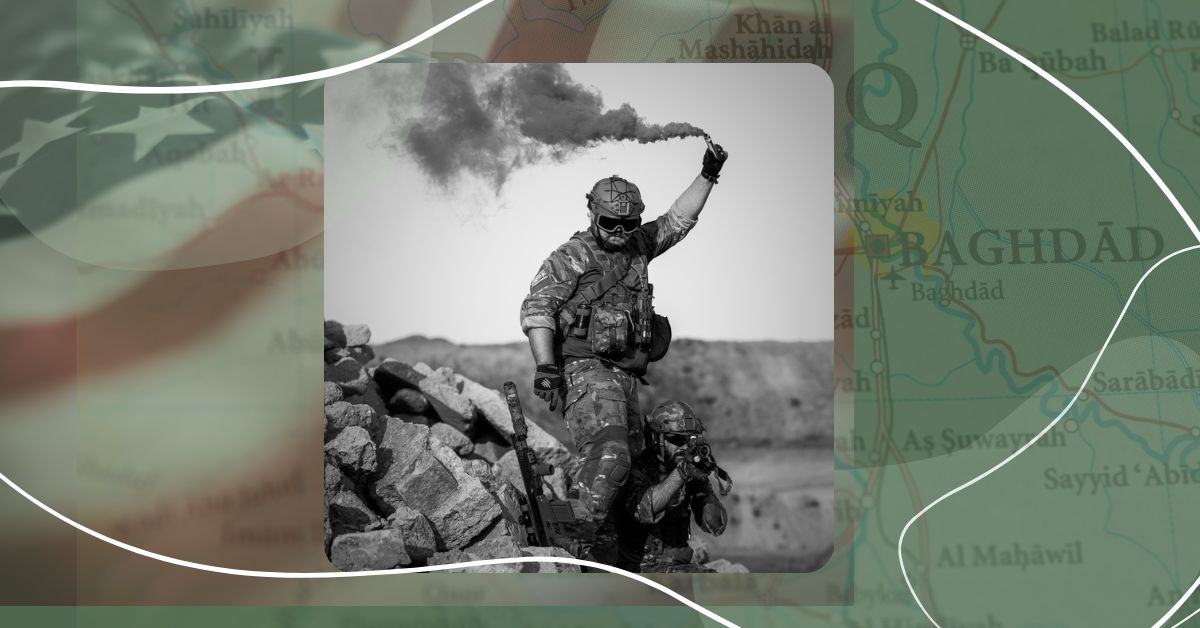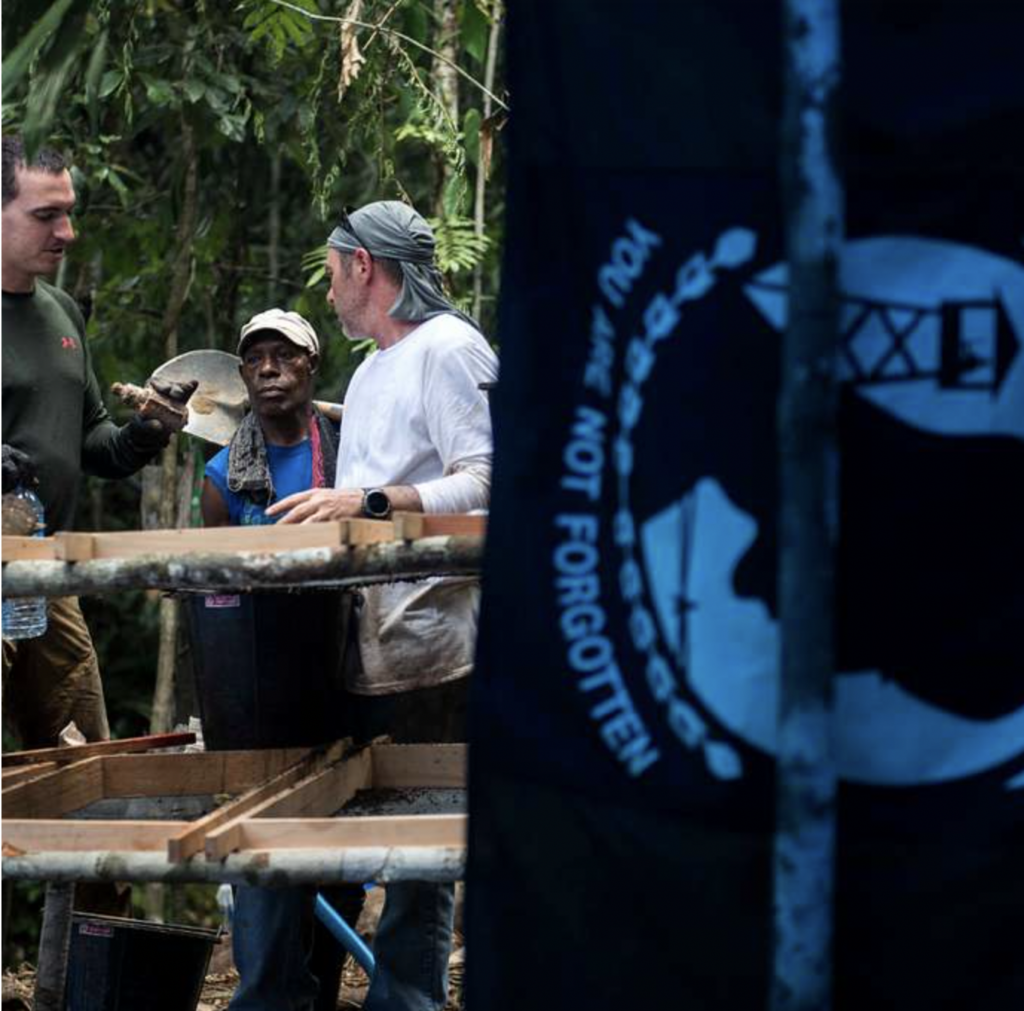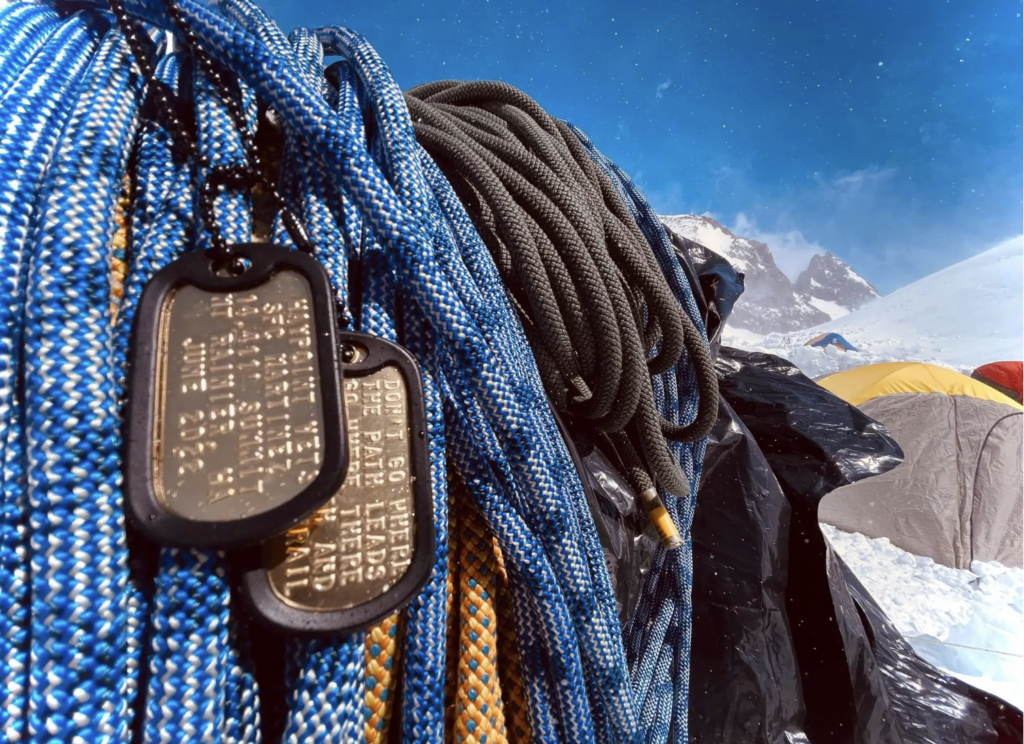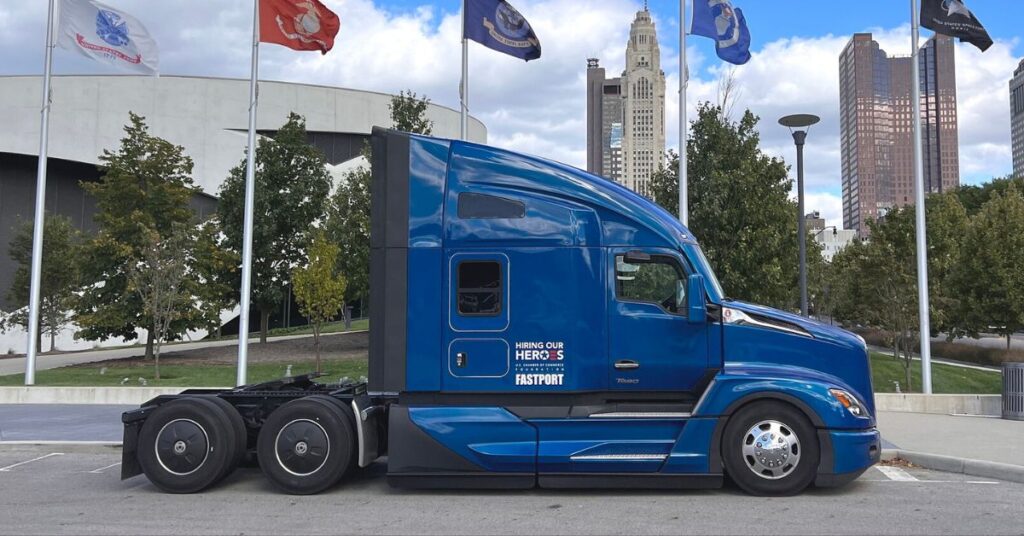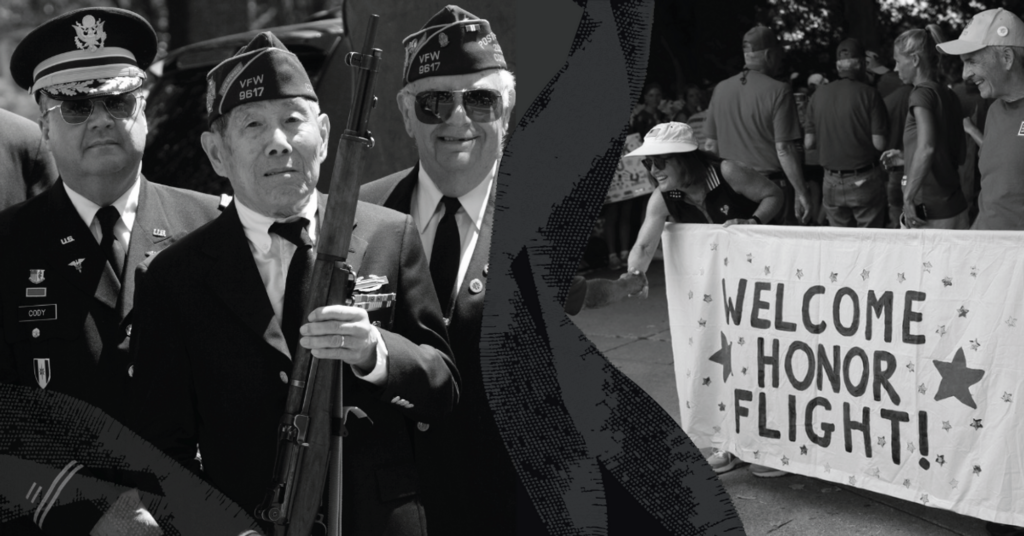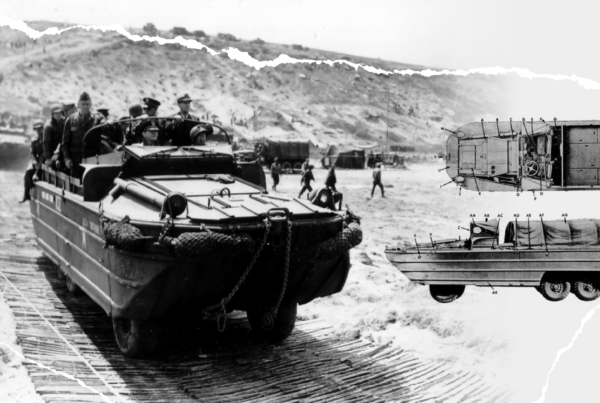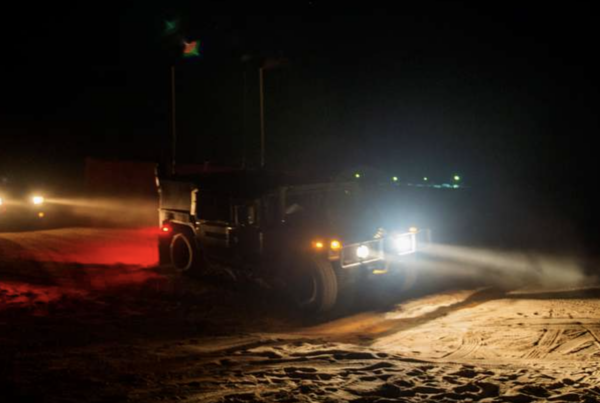During the US military’s mission against ISIS in Iraq and Syria, US forces used trucks to transport troops, equipment, and supplies across a wide range of terrain.
The Middle East has been a battleground for centuries, and in recent years, the region has seen some of the deadliest conflicts in modern history. The rise of the terrorist group known as ISIS posed a significant threat not only to the people of Iraq and Syria but also to global security. To counter this threat, the US military launched Operation Inherent Resolve in 2014. During the mission, US forces used trucks to transport troops, equipment, and supplies across a wide range of terrain.
Military Trucks: Supplying the Soldier Saviors
One of the most critical roles that trucks play in Operation Inherent Resolve is in the transportation of supplies. The US military has to bring in large quantities of food, water, fuel, and ammunition to sustain the troops and keep the mission going. In some cases, this involved transporting supplies over long distances and through hostile territory.
The Battle for Raqqa
Trucks on the Frontlines: In 2017, the US-led coalition began a major offensive to retake the Syrian city of Raqqa, which had been under ISIS control since 2014. The battle for Raqqa was one of the most significant and brutal campaigns of Operation Inherent Resolve, and it relied heavily on the use of trucks to transport troops and supplies to the frontlines.
As the battle raged on, the city became a virtual war zone, with buildings destroyed, and civilians caught in the crossfire. Despite the challenges, the US-led coalition was ultimately successful in retaking the city from ISIS. The use of trucks was instrumental in transporting troops and supplies to the frontlines, allowing the coalition to sustain the fight against the terrorist group.
Remembering Why We Fight: The Crimes of Isis are Legion
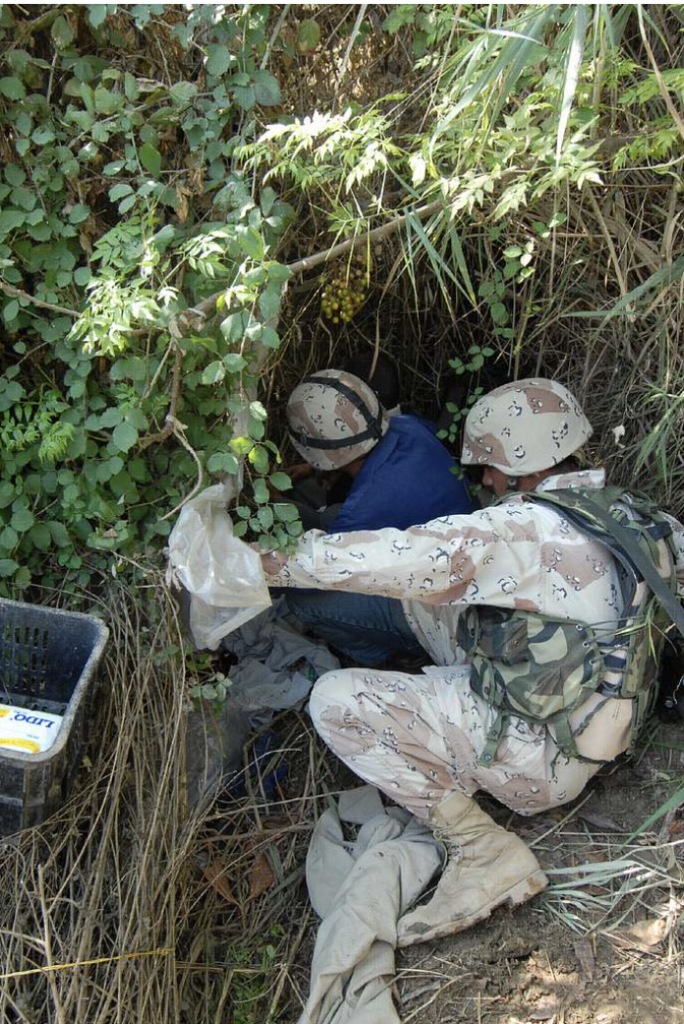
Pictured Left: An Iraqi army soldier and a member of the Sons of Iraq search the remnants of Abu Ghazwan’s hideout after the operation in Tarmiyah, Iraq, that lead to Ghazwan’s death. Ghazwan was the overall Emir for al-Qaida in Iraq-affiliated insurgent groups within the Northern Baghdad Belt.
U.S. soldiers take the fight to criminals like Abu Ghazwan, “U.S. forces killed a senior al Qaeda leader wanted for planning suicide bombings, kidnappings and assassinations, including the abduction and killing of a U.S. army sergeant in 2004, the U.S. military said on Thursday. The removal of a cold-blooded killer of innocent Iraqis and U.S. service personnel will further degrade the ability of al Qaeda to carry out … ruthless attacks in Iraq,” according to Reuters.
READER DISCRETION ADVISED: Below we’ve detailed a few of the atrocities committed by ISIS as detailed by The Fiscal Times.
- They slaughter children: In January ISIS executed 13 teenage boys in Mosul because they were watching a soccer match on TV. ISIS used machine guns in the public execution of the children. The boys’ families were unable to claim the bodies out of fear for their own lives.
- They traffic in black market organs: Using surgeons imported from other countries, ISIS harvests and sells human organs to exploit the lucrative international black market. They take organs from their own deceased fighters as well as from their living captives and hostages – including from children in the minority communities of Syria and Iraq – selling hearts, livers and kidneys to line ISIS coffers.
- They recruit child soldiers: ISIS recruits or kidnaps children as young as six years old from Iraq, sends them to militant training camps and then plants them on the front lines at age nine. The terror group uses the brainwashed children as human shields, as informants, and for blood transfusions for its own injured soldiers.


